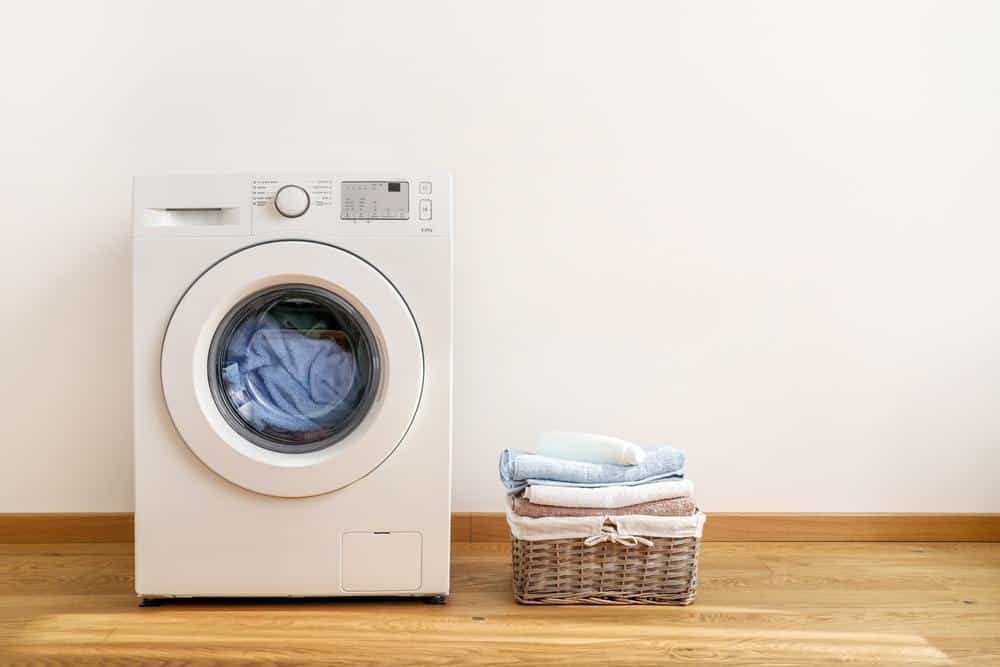
The washing machine, an unassuming household appliance, has played a significant role in shaping societal norms and empowering women. This article explores how the washing machine changed women’s lives, the societal expectations of women, and the family structure.
The washing machine significantly changed women’s lives by reducing the time and effort required for laundry, a task traditionally assigned to women. This freed up time for women to pursue education, careers, and other opportunities outside the home. It also played a role in the women’s liberation movement, enabling greater workforce participation and challenging gender stereotypes. The washing machine transformed societal expectations and family structures, greatly impacting women’s roles in society.
The Dawn of a New Era: The Invention of the Washing Machine
In the early 20th century, the invention of the washing machine revolutionized the way laundry was done. Before this, laundry was a labor-intensive task that required soaking, boiling, scrubbing, rubbing, washing, draining, and hanging clothes to dry. This process often took an entire day or more to complete, and it was considered “women’s work”. The introduction of electric washing machines drastically reduced the time and effort required for this task, freeing up valuable time for women.
The Impact on Women’s Daily Routines
The washing machine had a profound impact on women’s daily routines. A task that once took hours could now be completed in a fraction of the time. This newfound time and efficiency contributed to a shift in the perception of women’s roles in society. As household appliances like washing machines, refrigerators, and vacuum cleaners saved time and labor, women were able to pursue education, careers, and other opportunities outside the home.
Empowering Women and Aiding the Liberation Movement
The Vatican newspaper, Osservatore Romano, even claimed that the washing machine had done more for the women’s liberation movement than the contraceptive pill or working outside the home. While this statement may be controversial, it highlights the importance of the washing machine in transforming women’s lives and enabling them to enter the workforce.
Changing Societal Expectations and Roles of Women
The washing machine contributed to the changing societal expectations and roles of women by significantly reducing the time and effort required for laundry, a task that was traditionally assigned to women. This allowed women to pursue education, work outside the home, and engage in other activities that were previously difficult due to the time-consuming nature of household chores.
Evolution of the Washing Machine and Its Impact
The evolution of the washing machine from a hand-powered drum in the 1850s to automatic washing machines in the 1930s and the reactive and ecological machines of the 1980s has had a significant impact on women’s lives. These advancements in washing machine technology saved valuable time for women, enabling them to focus on their education and careers.
Impact on Family Structure and Domestic Life
The washing machine greatly impacted family structure and domestic life by liberating women from the time-consuming task of laundry, allowing them to enter the workforce and pursue other activities. This change in household dynamics had significant social and economic consequences, transforming the structure of society and increasing productivity.
Washing Machines in the Present Day
Today, washing machines continue to impact women’s lives in various ways. They save time, enable greater workforce participation, and challenge gender stereotypes. Organizations and campaigns are working to provide accessible washing solutions to low-income and displaced communities, focusing on empowering women by alleviating the burden of unpaid domestic work.
In conclusion, the washing machine has played a significant role in transforming women’s lives, societal expectations, and family structures. As we move forward, it’s exciting to think about how future advancements in technology will continue to shape our lives and society.
Frequently Asked Questions
What were the first washing machines like?
The first washing machines were hand-powered devices. They consisted of a wooden drum with a handle that was used to turn the drum, agitating the clothes inside. These machines were a big improvement on hand-washing, but still required significant physical effort.
When did the first electric washing machines become available?
The first electric washing machines were introduced in the early 20th century. The “Thor” washing machine, patented by Alva J. Fisher and produced by the Hurley Machine Company of Chicago in 1908, is often considered the first electric washer.
How did the washing machine affect the women’s liberation movement?
The washing machine freed up a significant amount of time for women, who were traditionally responsible for laundry. This enabled women to pursue education, careers, and other activities outside of the home. It was a significant step towards gender equality and played a role in the women’s liberation movement.
How have washing machines evolved over time?
Washing machines have evolved significantly since their invention. From hand-powered drums in the 1850s, to electric machines in the early 20th century, to automatic washing machines in the 1930s, and the energy-efficient models of today, washing machines have become more efficient, user-friendly, and environmentally friendly.
How do washing machines impact women’s lives today?
Today, washing machines continue to save women valuable time, enabling greater workforce participation and challenging traditional gender roles. Efforts are also being made to provide accessible washing solutions to low-income and displaced communities, further empowering women by alleviating the burden of unpaid domestic work.












